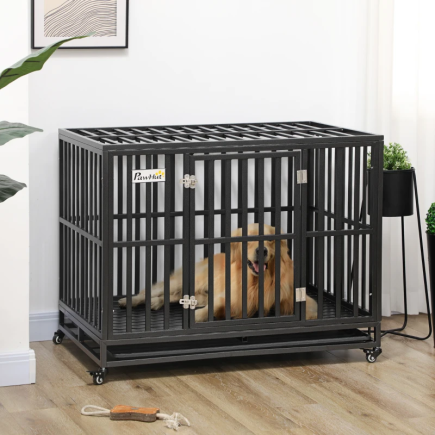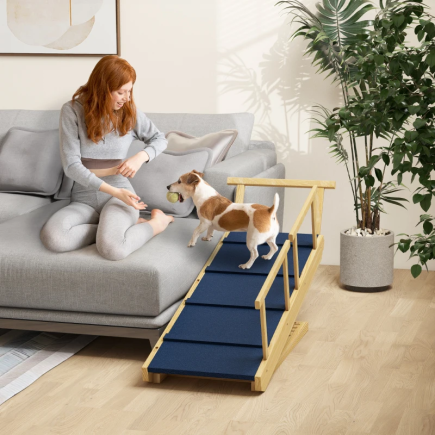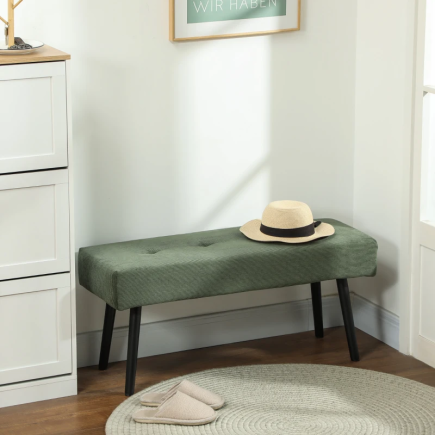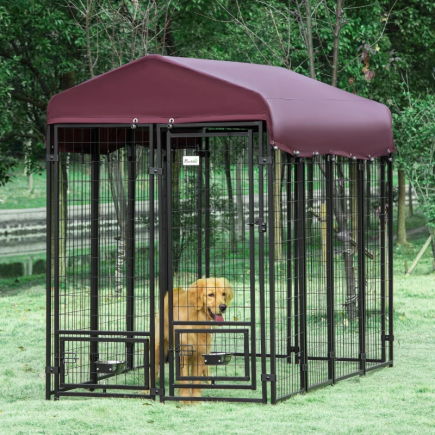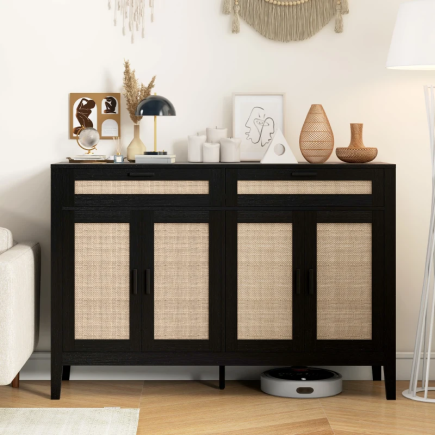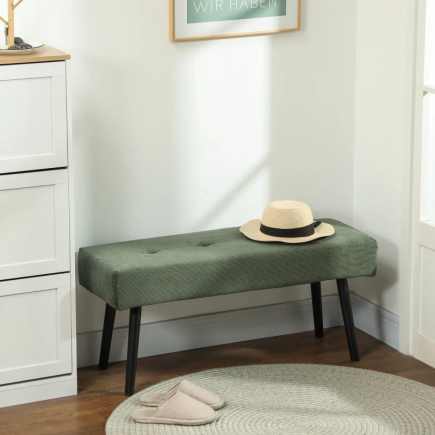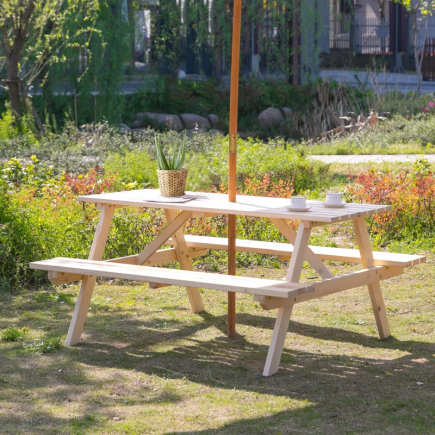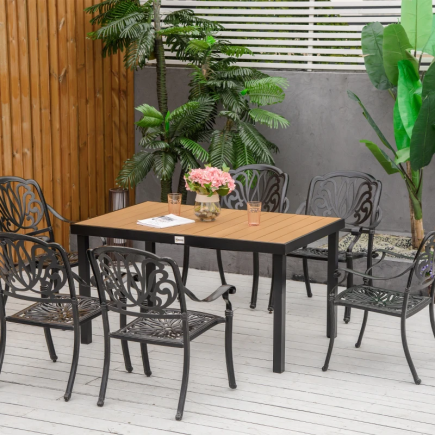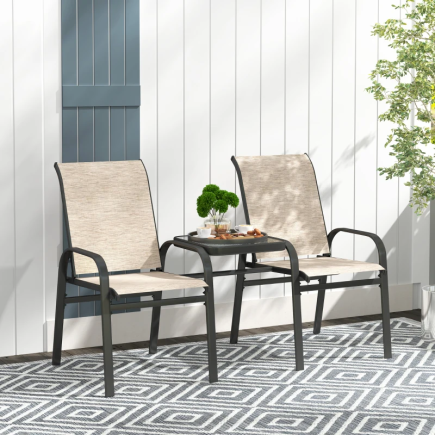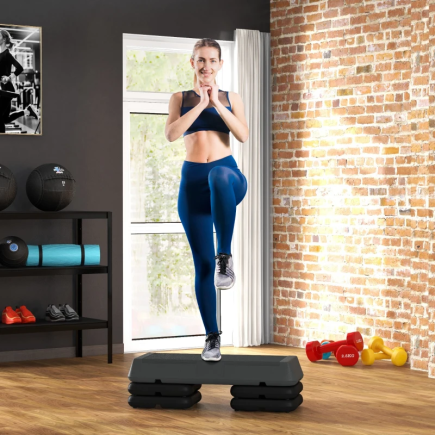Positioning an area rug in a bedroom might seem simple but getting it right makes a big difference. A properly placed rug anchors the furniture, defines zones, adds warmth underfoot, and enhances your entire room’s design. The wrong placement, however, can make your bedroom feel cramped, off-balance, or unfinished.

This expert guide will walk you through everything you need to know from measuring your room to choosing the right rug size and placement style, along with helpful tips on layering, rug pads, and cleaning.
How to Measure and Map Out Your Space
Before choosing or placing a rug, measure your space to ensure your rug will fit harmoniously with your furniture layout.

Step-by-Step Planning
- Sketch your layout: Mark out the bed, nightstands, dressers, and walkways.
- Use painter’s tape: Outline the rug’s dimensions on your floor to visualize how it will fit.
- Check clearance: Walk around your layout and test door swings and walkways.
Recommended Rug-to-Wall Gaps
| Room Size | Minimum Gap from Wall |
| Small Bedroom | 8–12 inches |
| Large Bedroom | 12–24 inches |
Leaving these margins keeps the rug centered and visually balanced.
Choosing the Right Rug Size for Your Bed
Rug size should correspond to your bed size and extend far enough to offer comfort and balance.
Rug Size Guide
| Bed Size | Minimum Rug Size | Ideal for Full Coverage |
| Twin | 5′ x 8′ | 6′ x 9′ or 8′ x 10′ |
| Full | 6′ x 9′ | 8′ x 10′ |
| Queen | 8′ x 10′ | 9′ x 12′ |
| King | 9′ x 12′ | 10′ x 14′ |
Pro Tip: Allow 18–24 inches of rug to extend from each side of the bed for an optimal look and feel.
The Three Main Area Rug Placement Styles Under a Bed
Once you’ve picked the right size, decide how you want to position it under your bed. Here are the three standard placement methods:
Full Coverage (Under Bed and Nightstands)
This layout places the entire bed and both nightstands on top of the rug, creating a clean, unified look.
- Provides the most cohesive and luxurious finish.
- Best suited for larger bedrooms with a queen or king-size bed.
- Requires a generously sized rug, typically 9′ x 12′ or larger.
Two-Thirds Placement
With this method, the rug begins just below the nightstands and extends well past the foot of the bed.
- Offers a balanced look while reducing rug size requirements.
- Keeps the rug visible on all three exposed sides of the bed.
- A popular and practical choice for standard-sized bedrooms.
Front Legs-Only
Here, only the front legs of the bed and nightstands rest on the rug, while the back legs sit directly on the floor.
- Ideal for small bedrooms or budget-conscious layouts.
- Visually lightens the room and makes better use of limited floor space.
- Helps maintain an open, airy feel.
Each style brings a different aesthetic and functional benefit, so choose based on your bedroom’s proportions and your personal design goals.
When to Use Perimeter-Placed Area Rugs Instead of Full Coverage
In smaller bedrooms or situations where placing a full-size rug under the bed isn’t feasible, perimeter-positioned area rugs can still offer softness, warmth, and visual balance.

Best Uses for Perimeter Area Rugs
- Placing two medium-sized area rugs on either side of the bed for soft footing.
- Using a rectangular area rug at the foot of the bed to define the lower third.
- Framing the sleeping area with three smaller rugs, two along the sides and one at the foot to simulate a full rug layout.
These strategies allow flexibility in layout, especially in rooms with wall-mounted beds, limited walk space, or shared sleeping arrangements.
Recommended Area Rug Sizes by Bed
| Bed Size | Side Area Rug Size | Foot-of-Bed Rug Size |
| Twin | 3′ x 5′ | 4′ x 6′ |
| Queen | 4′ x 6′ | 5′ x 8′ |
| King | 5′ x 7′ | 6′ x 9′ |
Perimeter rug setups work especially well for those who want to maintain open floor visibility or reduce costs while still enjoying the comfort and style of area rugs.
Positioning Rugs with Other Bedroom Furniture
An area rug shouldn’t only serve the bed, it should also coordinate well with the surrounding furniture. Here’s how to ensure your rug placement complements all major pieces in the room:

Nightstands
- If you’re using a large rug for full coverage, make sure both the bed and nightstands sit entirely on the rug.
- For partial layouts, position the rug so it starts just in front of the nightstands, keeping them off the rug for a cleaner edge.
Bench at the Foot of the Bed
- Ideally, all four legs of the bench should sit fully on the rug for stability and visual balance.
- If your rug is smaller, at least make sure the front legs of the bench are on the rug and use pads underneath to prevent wobbling.
Dressers and Vanities
- A rug should either extend halfway under these pieces or be placed entirely in front of them.
- Avoid placing a rug that ends awkwardly right at the base of the dresser, it will look like an afterthought.
Pro Tip: Always center the rug beneath the bed and align surrounding furniture symmetrically. This keeps the room feeling balanced and thoughtfully styled.
Rug Placement for Seating Areas or Reading Nooks
If your bedroom includes a cozy reading corner, a lounge chair, or a window seat, a separate area rug can help define that space and make it feel more intentional.

Smart Rug Ideas for Accent Zones
- Place a small rectangular area rug beneath a chair and floor lamp to anchor a reading corner.
- Use a round rug in tight corners or beside a window to soften sharp angles and add comfort.
- Position a narrow area rug beneath a chaise or bench to highlight the seating area without overwhelming the space.
Using area rugs in this way creates clear zones within the room, adding both structure and warmth while elevating your overall bedroom layout.
Using Multiple Rugs in a Large or Studio Bedroom
In large or open-concept bedrooms, a single rug often isn’t enough to visually separate areas like sleeping, relaxing, and getting ready. Using multiple rugs allows you to create a room that feels cohesive while still offering clearly defined zones for different functions.
How to Use Multiple Rugs to Define Zones
- Sleep Zone: Place a large area rug under the bed to frame the sleeping space.
- Lounge Area: Use a second rug beneath a reading chair, sofa, or small loveseat to highlight a relaxing corner.
- Vanity or Workstation: Add a smaller accent rug near a desk or vanity to set apart a prep or work zone.
This technique is especially helpful in studio apartments or oversized bedrooms where walls don’t separate functions. To keep the look cohesive, use rugs with coordinated colours and complementary textures, this creates balance without looking mismatched.
How to Layer Rugs for a Designer Look
While using multiple rugs defines different areas of the room, layering rugs is all about elevating the style of a single space. It’s a technique that adds texture, softness, and a more curated designer feel, perfect for bedrooms that need a touch of warmth or visual interest.

How to Layer Rugs Like a Pro
- Start with a large, neutral base rug that anchors the space. Polyester Area Rugs work well for this foundation thanks to their durability and low maintenance.
- Top with a smaller rug that has more texture, pattern, or contrast to create a layered focal point.
- Overlap the top rug by about two-thirds, keeping the layout intentional and visually balanced.
Where to Layer Rugs
- Under the bed to add plushness and break up monotony.
- In a cozy reading nook to frame a chair and lamp.
- Along a bench or footboard for added softness and interest.
Tip: Always use a non-slip rug pad to secure layers in place and prevent shifting, especially on smooth flooring.
When to Use Round Area Rugs and Where
Round area rugs are a great way to break up sharp angles and introduce a softer, more organic shape to your bedroom. Their curved edges help create visual balance and add interest in spaces dominated by straight lines and square furniture.

Great Places to Use Round Area Rugs
- Under a hanging chair or accent table to create a cozy, defined spot.
- At the foot of a twin or full bed for a playful, stylish touch.
- In children’s rooms or nurseries where curves help soften the overall layout.
Avoid placing round rugs directly under rectangular beds. Instead, offset them slightly to one side or toward the foot of the bed for a more natural, balanced look.
Can You Put an Area Rug Over the Carpet
Yes, you absolutely can and in many cases, you should. Placing an area rug over wall-to-wall carpet is a smart way to add style, warmth, and definition to your bedroom, especially if the existing flooring feels plain or lacks character.
Key Benefits
- Adds visual interest with colour, texture, or pattern.
- Provides extra cushioning and a soft layer underfoot.
- Protects high-traffic areas of your carpet from wear and dirt.
Best Practices for Layering Rugs Over Carpet
- Stick to low-pile rugs to avoid creating an uneven surface or tripping hazards.
- Use a rug pad designed for carpet, which keeps the rug from bunching or slipping.
- Choose contrasting colours or patterns to help the rug stand out against neutral carpet backgrounds.
This layering approach works especially well with polyester rugs, which are lightweight, easy to clean, and available in a wide variety of styles to suit any space.
Choosing the Right Texture, Colour, and Pattern
Beyond comfort and function, an Area Rug also sets the tone for your bedroom’s style. The right texture, colour, and pattern can pull your entire space together and elevate its overall mood.
Texture Options
- High pile: Soft, plush, and cozy, perfect for comfort underfoot in bedrooms.
- Low pile or flat: Sleek, easy to maintain, and great for layering or high-traffic areas.
Polyester rugs work well in both categories and offer a balance of comfort and practicality.
Colour & Pattern Tips
Choose rug designs based on the atmosphere you want to create:
| Design Goal | Recommended Rug Style |
| Modern & Clean | Neutral solids or subtle geometrics |
| Cozy & Warm | Soft textures in warm tones |
| Timeless & Elegant | Classic patterns with muted colours |
| Minimalist | Tonal designs with simple weaves |
Styling Tip: Coordinate your rug with other elements in the room, like bedding, drapes, or wall art, to create a cohesive and polished look.
Common Rug Placement Mistakes to Avoid
- Rugs that are too small (5′ x 8′ under a queen bed won’t work)
- Misaligned rugs that make the bed look off-centre
- Blocking doorways or airflow vents
- Skipping rug pads, causing bunching and slippage
Taking time to position your rug thoughtfully makes a big difference in appearance and safety.
Area Rug Placement That Works
Positioning an area rug in a bedroom isn’t just about what fits, it’s about choosing the right rug and placing it in a way that enhances the feel and flow of your space. The right rug in the right place adds comfort, structure, and visual balance. Whether you’re styling a twin bed in a cozy nook or anchoring a king bed in a spacious master suite, this guide will help you select and position your area rug so it becomes more than décor, it becomes the foundation of thoughtful bedroom design.
FAQs
1. Can I center an area rug to the room instead of the bed?
No, the area rug should always be centered with the bed, not the room itself. This creates a grounded focal point and ensures the furniture feels connected, not floating separately within the space.
2. Should I position an area rug before or after placing the bed?
If possible, lay the area rug first before positioning the bed. This allows you to align it precisely, avoid awkward adjustments later, and helps maintain the symmetry and coverage you want beneath the furniture.
3. Does an area rug need to match the orientation of the bed?
Yes, for a clean and cohesive look, the rug’s orientation should mirror the bed’s. A horizontally placed bed should have a horizontally laid rug to keep the layout visually harmonious and balanced.
4. Can I place an area rug partially under built-ins or baseboards?
It’s not advisable. Area rugs should rest fully within open floor space, not underneath baseboards or built-in units, as this can lead to curling edges, uneven surfaces, and blocked airflow or access.

